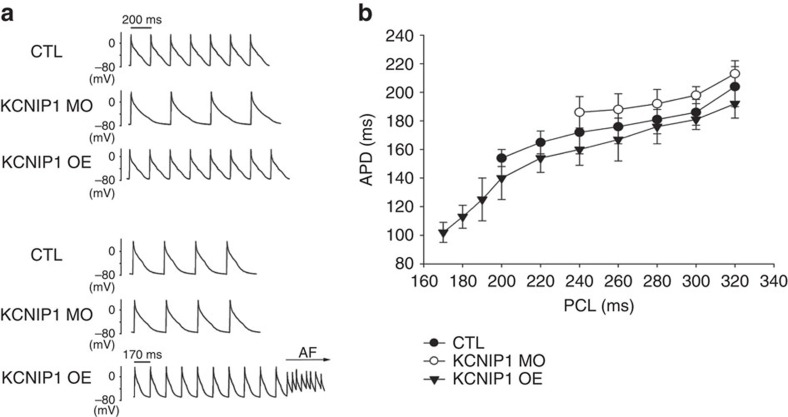Figure 4. KCNIP1-knockdown and overexpression modulates APD shortening at high atrial rates.
(a) Representative atrial action potential tracings at increasing pacing rates for KCNIP1-knockdown (KCNIP1 MO), overexpression (KCNIP1 OE) and control (CTL) hearts are shown. At pacing cycle length (PCL) 200 ms, the CTL and KCNIP1-overexpression hearts could sustain 1 to 1 pacing rate, but the KCNIP1-knockdown heart could not, and 2 to 1 capture is noted, indicating that the KCNIP1-knockdown heart could not maintain as higher rates as the CTL heart. At even shorter PCL (170 ms), only the KCNIP1-overexpression heart could sustain 1 to 1 high pacing rate, but the KCNIP1-knockdown and CTL hearts could not (2 to 1 capture), indicating that the KCNIP1-overexpression heart could maintain higher rates than the CTL heart. Interestingly, at this high-rate pacing, atrial tachyarrhythmia or AF could be induced in the KCNIP1-overexpression heart. (b) Summary data for three independent experiments demonstrating the relationship of PCL and APD from CTL, KCNIP1-knockdown and overexpression hearts are shown. With increasing rate (decreased PCL), APD shortens accordingly to facilitate maintenance of high rate in all the three groups. However, less APD shortening is observed in the KCNIP1-knockdown hearts. The maximal pacing rate is lower in the KCNIP1-knockdown hearts and higher in the KCNIP1-overexpression hearts, compared to that of the CTL hearts. N=3 experiments for each group. Error bars, s.d.

